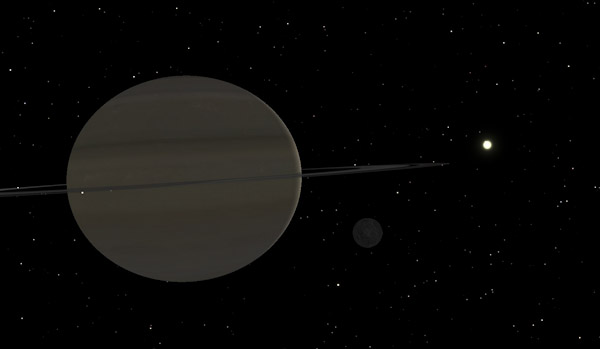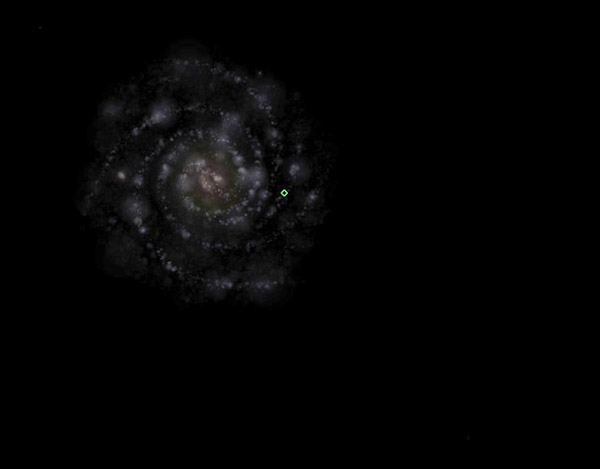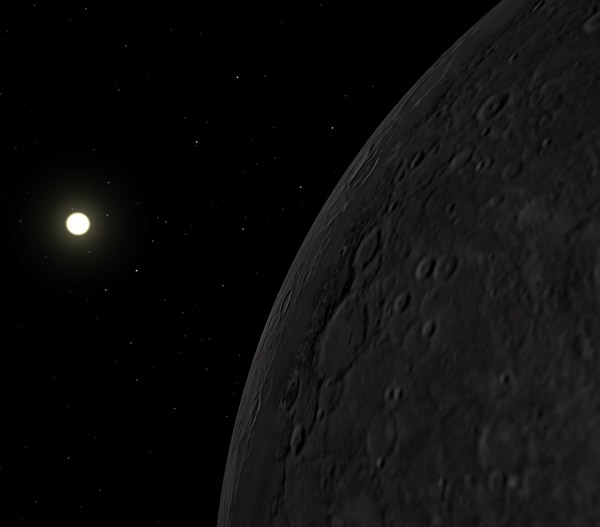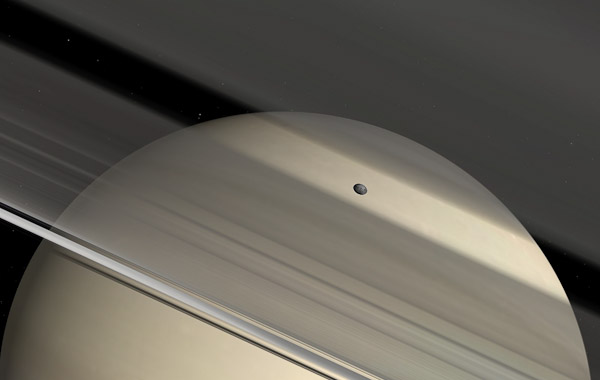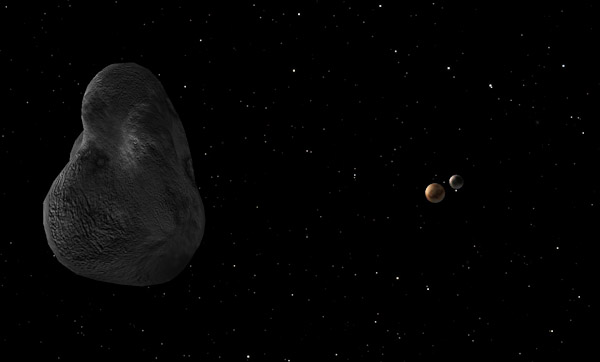I am fascinated by the recent advances in the science of the taste buds that we all have. Compared with our smelling sense the taste sense is very different apparently (but they do work togheter to create the experience we call taste when eating, anyone eathing whilsh having their nose congested on the common cold knows this well).
But scientists are very interested in the pure form of taste. So far they have defined the following types of taste buds: bitter, sour, sweet, salt and umami. Umami is something that people like me did not learn about in kindergarten it’s been added later on and is interesting that as recently as this we are discovering a whole new set of tastebuds.
Umami is found in meat, mushrooms, strong cheese and monosodium glutamate (MSG) which is the pure form really. All these are connected to certan genes in our genome to be expressed as alleleles and there are variations amongst the population. There is one gene that controls the sweet tastebuds, one for the salt receptors, one for umami, one for sour and a whopping 30 genes for the bitter taste buds.
The reason for this is that bitterness has in our evolution been a strong signal for unedible plants. We are wandering people and when finding new types of plants the bitterness signals has served us well in telling the edible from the unedible plant life. Over the long term humans developed more and more genes adding to the sophistication of the sense of bitterness helping us cope with what was found when spreading out of Africa.
However it is not failsafe, there are things you can’t eat that will not signal bitterness and since most modern people readily confuse sour and bitter taste it will be difficult to just suddenly start trusting it again. Our food is also much more spicy and complex today compared to what we have eaten before which makes it probably harder for the receptors to help us.
Compare with the sense of smell, we have about 300 genes active for receptors of various smells, and we got about 700 dormant ones. Dogs and cats have many more still active, we have lost them, perhaps because taste is more effective than smell when it comes from differentiating between the edible and the not edible.
Scientists are also investigating if there are certain taste buds dedicated for recognising fatty acids or lipids and possbily metal as well. They have not found conclusive evidence yet but its very exciting. It is not too far-fetched to reason why we have the senses we have when it comes to taste:
- Sweet tells us there is a high energy content
- Salt helps us maintain our electrolytes properly
- Umami helps us find food that is high in proteins
- Sour has from the beginning been a signal for spoiled foodstuff
- Bitter means not edible or poisonous
There are also other receptors on the tongue which is not all about taste, for example we have a receptor that activates if the food we put in is above 43°C and tells us it is very hot — with about a 7°C margin before we actually do scold ourselves. Another different receptor is activated when the food is colder than 26°C, not certain what this does yet the studies continues.
Certain chemical substances are activating the hotness receptor also, it reacts for ecsample to capsaicin, the well known substance of chili peppers, and the mind reacts as if the food is actually hot even though it isn’t. Contrariwise the receptor for cold food is activated by menthol. So it is definitely no coincidence that we think of menthol as cool and chili as hot.
And there is a strange receptor that is activated by certain tastes that we experience as sharp, such as horse radish, garlic and brussel sprouts. In humans there is no connection between this receptor and temperature, but in snakes this receptor is activated by infrared heat higher than 26°C. This maybe serves as a possible way of avoiding bushfires long before they can be felt by other means.
Several of these receptors ties into our pain system and we humans we like to tickle those a little now and then, it makes things interesting and therefore we continue to invent interesting dishes in the kitchen, eat chili, garlic and so on.
One thing I have thought about is that the possible alleles (variances in the genome) for the genes expressing these functions in our body is also a reason for that some people does not like certain food stuffs while others are crazy about them. For example if you have a weak umami receptor perhaps you are not so crazy about a bloody steak?
Can you tell I am somewhat fascinated by this subject?
Names to goole are

